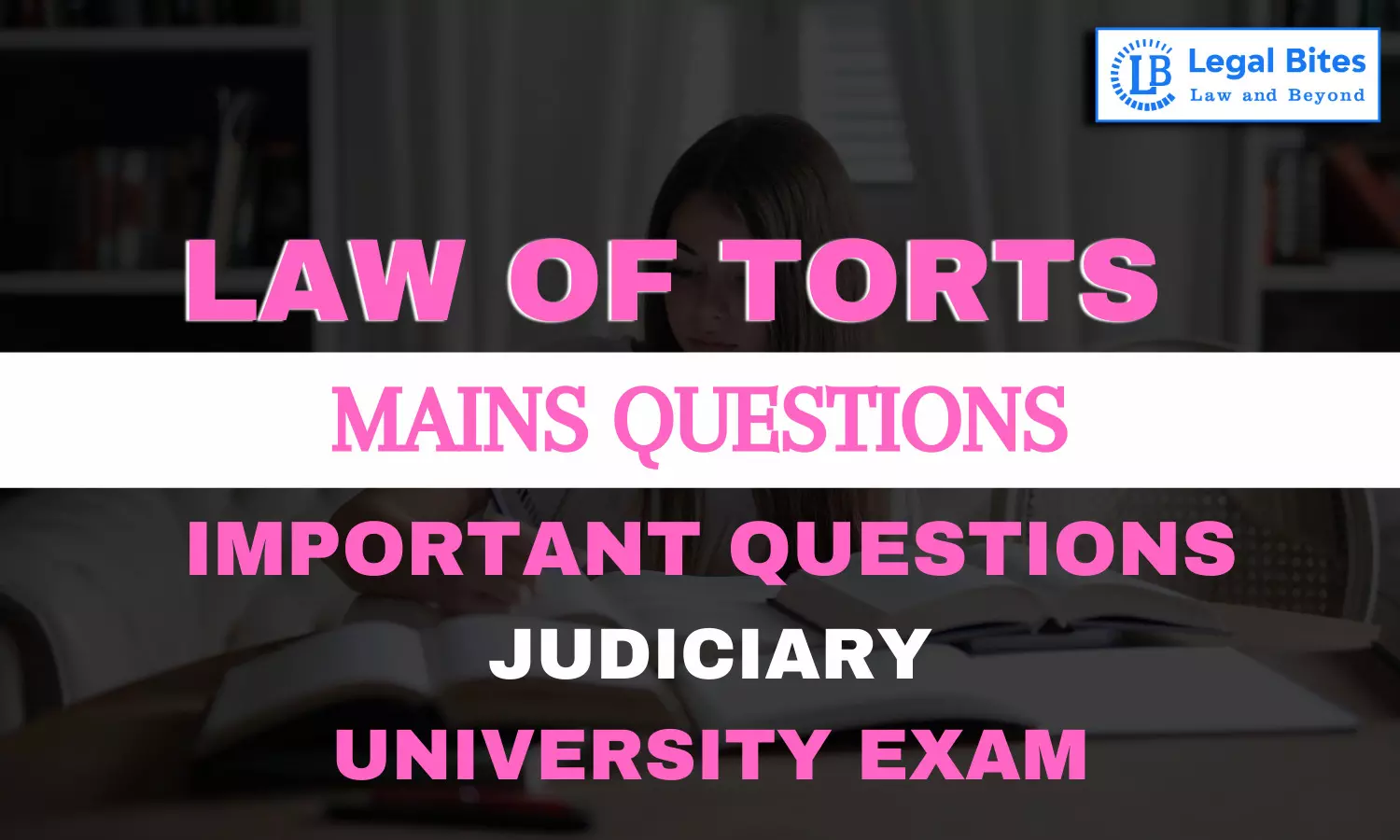Explain the concept of ‘innuendo' with the help of decided cases.
Find the question and answer of Law of Torts only on Legal Bites.

Question: Explain the concept of ‘innuendo‘ with the help of decided cases.Find the question and answer of Law of Torts only on Legal Bites. [Explain the concept of ‘innuendo' with the help of decided cases.]AnswerInnuendo is a legal concept in defamation law that refers to a statement that has a hidden or secondary meaning, which may not be apparent on its face. In other words, innuendo is a statement that suggests a defamatory meaning, which may not be immediately obvious to the...
Question: Explain the concept of ‘innuendo‘ with the help of decided cases.
Find the question and answer of Law of Torts only on Legal Bites. [Explain the concept of ‘innuendo' with the help of decided cases.]
Answer
Innuendo is a legal concept in defamation law that refers to a statement that has a hidden or secondary meaning, which may not be apparent on its face. In other words, innuendo is a statement that suggests a defamatory meaning, which may not be immediately obvious to the reader or listener, but becomes clear when additional information is taken into account.
The concept of innuendo is important in defamation law, as it allows plaintiffs to bring claims for defamation even when the allegedly defamatory statement is not explicitly defamatory on its face. In such cases, the plaintiff must establish that the statement had a defamatory meaning, which was understood by reasonable people in the relevant context.
There are two types of innuendo:
(1) Innuendo that arises from extrinsic facts, and
(2) Innuendo that arises from the language used.
Innuendo arising from extrinsic facts: This type of innuendo arises when a statement is not defamatory on its face but becomes defamatory when additional facts are taken into account. In such cases, the plaintiff must prove the additional facts that give the statement a defamatory meaning.
One of the most famous examples of innuendo arising from extrinsic facts is the case of Slim v. Daily Telegraph, [1968] 2 Q.B. 157. In this case, the Daily Telegraph published an article reporting that Lord Slim, a former commander of the British army, was considering writing his memoirs. The article was not defamatory on its face, but it was understood by reasonable people to mean that Lord Slim was considering writing his memoirs to make money from the sale of military secrets. Lord Slim sued the newspaper for defamation, and the court held that the article was defamatory by innuendo, as it suggested that Lord Slim was willing to betray his country for money.
Innuendo arising from the language used: This type of innuendo arises when a statement is defamatory on its face but has a secondary defamatory meaning that is not apparent on its face. In such cases, the plaintiff must establish that the statement had a defamatory meaning that was understood by reasonable people in the relevant context.
One of the most famous examples of innuendo arose from the language used in the case of Byrne v. Deane, [1937] 1 KB 818. In this case, a newspaper published an advertisement for a movie, which featured a picture of the plaintiff, Ms Byrne, and the tagline "A Blonde Bonfire." The advertisement was not defamatory on its face, but the court held that it was defamatory by innuendo, as it suggested that Ms. Byrne was a promiscuous woman who was sexually available.
innuendo is an important concept in defamation law, as it allows plaintiffs to bring claims for defamation even when the allegedly defamatory statement is not explicitly defamatory on its face. In such cases, the plaintiff must establish that the statement had a defamatory meaning, which was understood by reasonable people in the relevant context. The examples of Slim v. Daily Telegraph and Byrne v. Deane illustrate the application of innuendo in defamation cases.

Mayank Shekhar
Mayank is an alumnus of the prestigious Faculty of Law, Delhi University. Under his leadership, Legal Bites has been researching and developing resources through blogging, educational resources, competitions, and seminars.
